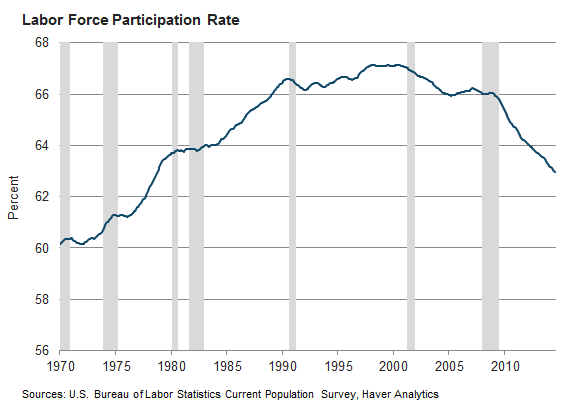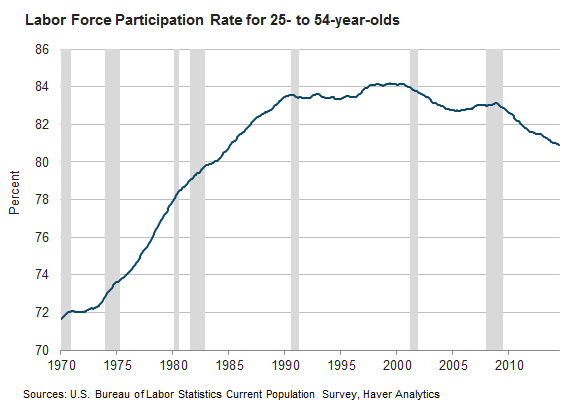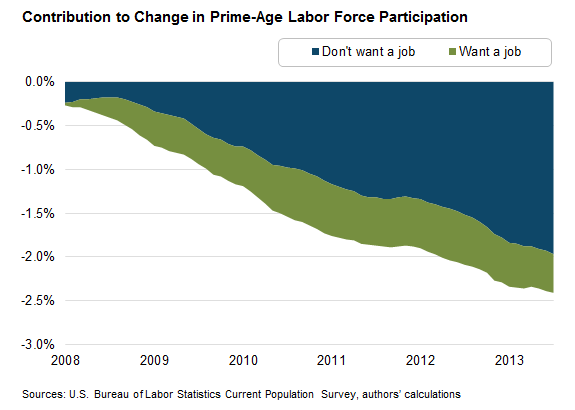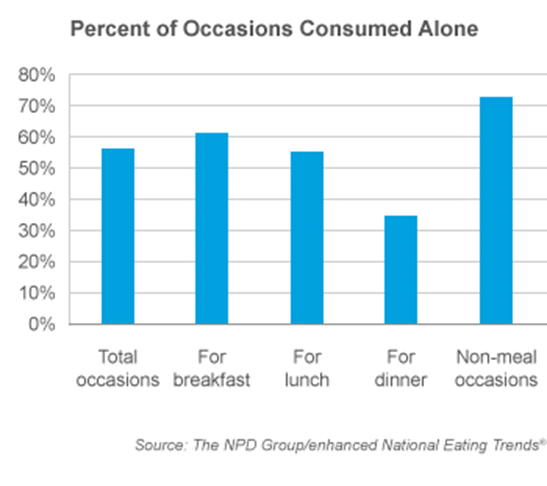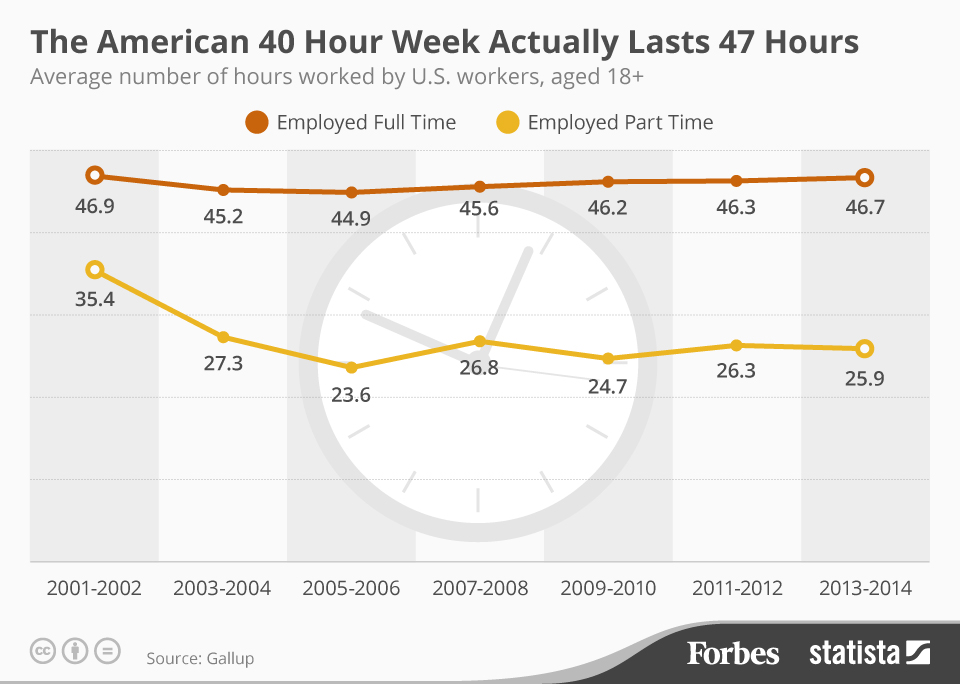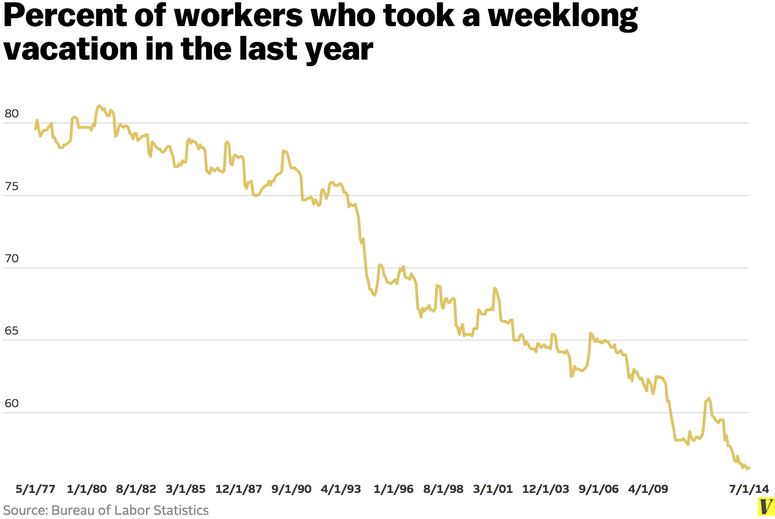CHART OF THE DAY: Unemployed vs. Job Openings by Industry
Today's Chart of the Day comes to us courtesy of the Economic Policy Institute from a short post titled The Number of Unemployed Exceeds the Number of Available Jobs Across All Sectors.
First the eponymous chart, then as you have come to expect (and demand), some comments from me after the data.
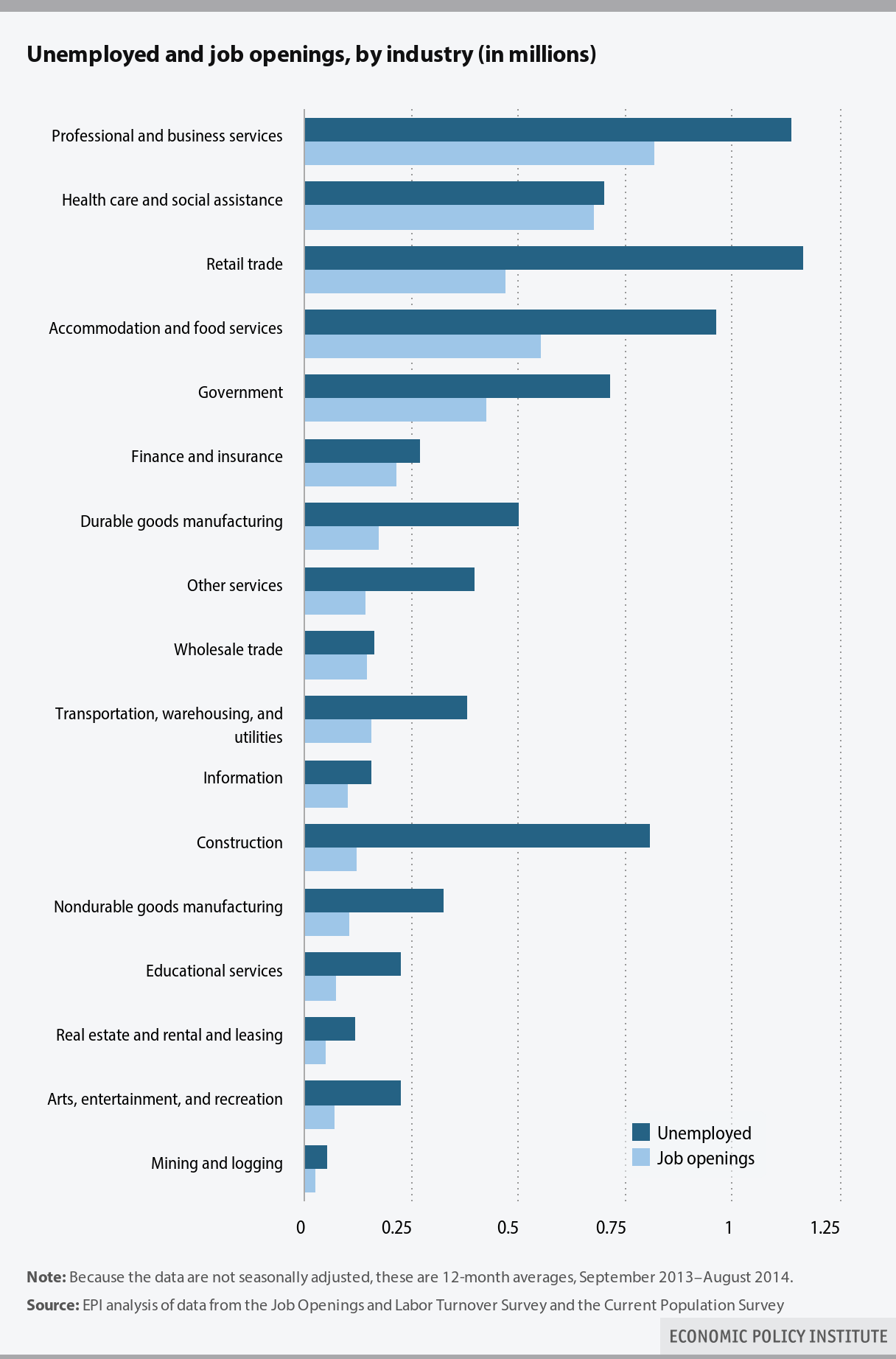
The EPI piece's author uses this data to make an argument that persistently elevated levels of unemployment, that often are, (at least to some extent), attributed to something called 'skills mismatches', where unemployed workers simply do not possess the requisite skills and abilities that employers demand, are in fact not caused by mismatches, and are in fact driven by depressed overall demand for labor.
The logic behind this argument is pretty straightforward. If there were indeed large levels of skills mismatches driving unemployment, then we should see, at least somewhere in the economy, particular industry sectors where demand (available jobs), surpasses supply, (available workers in that industry). But as the data above show, every industry sector currently has more supply (unemployed workers), than demand/jobs.
It is a decent argument, if a little simplistic. It does fail to take into account the many thousands of sub-industries and specific types of jobs that fall into broad categories like manufacturing, construction, or services. It also does not adequately account for the very high likelihood that in certain sectors that workers who have identified themselves as being in that sector, truly have not been willing or able, (possibly because they have been out of work), do keep their skills current and adapted to new demands.
But taken in aggregate there is a decent argument to be made that if current labor market challenges were the result of skills shortages or mismatches, that there would be at least some specific sectors where there are more unemployed workers than job openings, and others where there are more job openings than unemployed workers. But that is, as yet, not the case and still unemployed workers exceed jobs openings across the board.
Whether or not there exists widespread skills shortages or mismatches is usually more of a concern for governments or the largest employers. And the nationwide conditions don't really mean much to the small or mid-sized firm that just wants to get its positions filled. But while all HR/Recruiting is local, (to some extent), no firm no matter how small operates in a vacuum.
So while these macro-labor market conditions might not move the needle on today's open reqs, they can and likely will impact tomorrow's and next year's and the one after that.
And that is why I find this data interesting and why it rates for this installment of Chart of the Day.

 Steve
Steve
